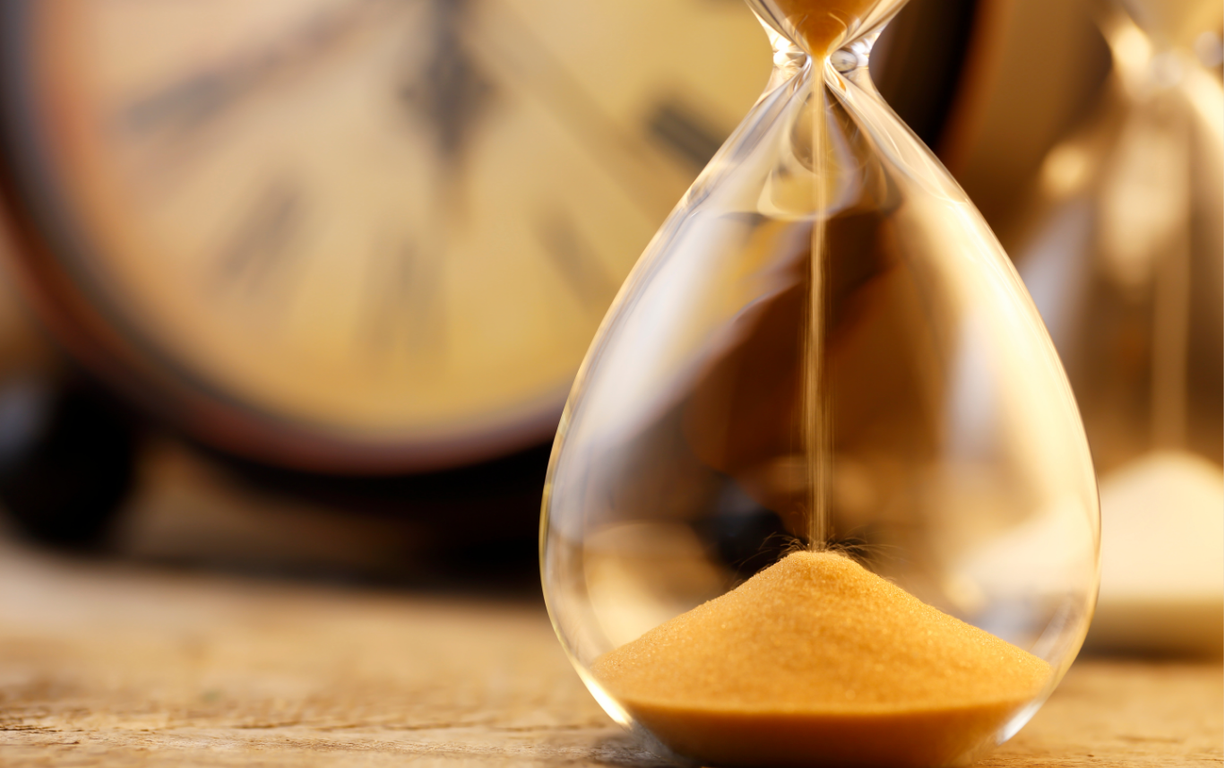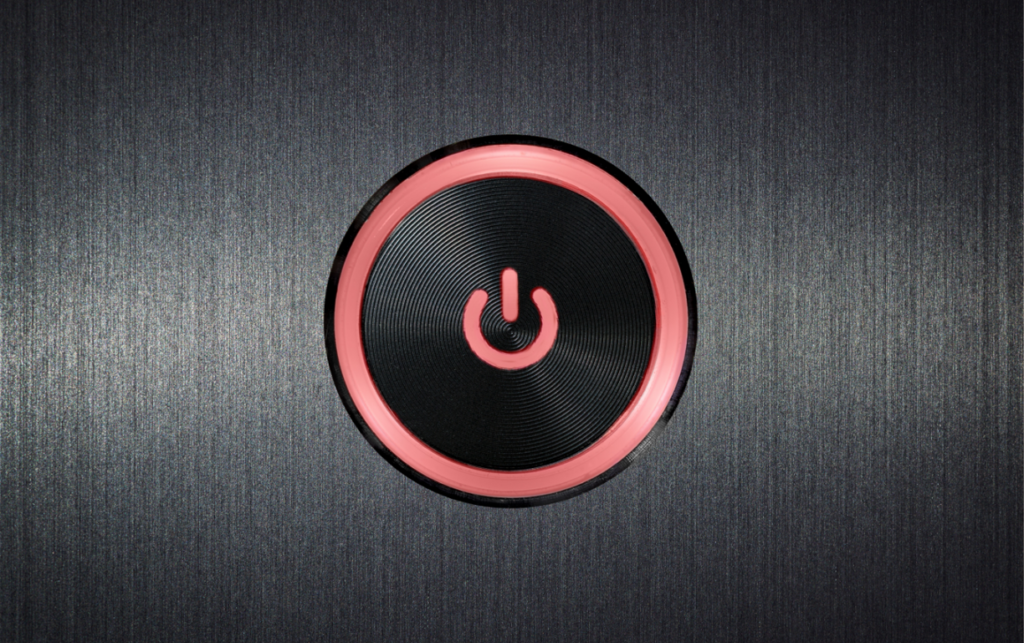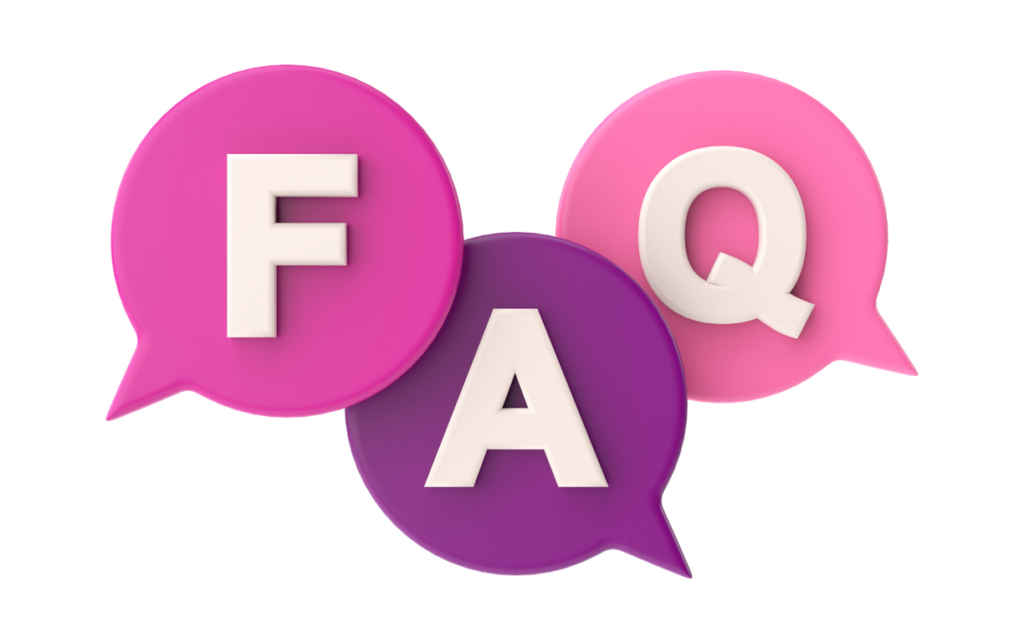Physical Address
304 North Cardinal St.
Dorchester Center, MA 02124
Physical Address
304 North Cardinal St.
Dorchester Center, MA 02124


If you’ve ever wondered about the limits of your slow cooker, you’re not alone. Many home cooks rely on this handy appliance for its convenience and ability to create delicious meals with minimal effort. But what happens when you set it for eight hours? Will it automatically turn off, or is there more to the story?
Understanding your slow cooker’s settings is crucial for meal planning and safety. While some models come with timers that shut off after a certain period, others might not. Knowing how your slow cooker operates can help you avoid overcooking your dishes and ensure a perfect meal every time. Let’s dive into the details and uncover what you need to know.
Slow cookers are versatile appliances that allow you to prepare meals with minimal effort. They operate by cooking food at low temperatures over extended periods, typically ranging from 4 to 10 hours, depending on the model and settings. Understanding how slow cookers function can enhance your cooking experience and ensure meal safety.
Most slow cookers feature multiple heat settings, usually labeled as low, medium, and high. These settings control the cooking time and temperature, offering flexibility for various recipes. For instance, cooking on low heat allows flavors to meld together slowly, while high heat speeds up the cooking process.
Timers are integral to certain slow cookers. Automatic shut-off features help prevent overcooking and maintain the dish’s quality. If your slow cooker includes a timer, it typically turns off after the pre-set cooking duration, freeing you from constant monitoring. However, some older models lack this option, necessitating your attention to avoid any mishaps.
For optimal results, familiarize yourself with the specific functions of your slow cooker. Whether you’re preparing stews, soups, or roasts, knowledge of temperature settings and cooking times contributes to flavorful dishes without the risk of overcooking. Always consult the user manual for guidance on your model’s capabilities.
Slow cookers offer various cooking options, but it’s crucial to understand their settings and limitations for optimal use.
Most slow cookers operate effectively between 4 to 10 hours. Extended cooking times beyond 8 hours can lead to overcooking, especially with lean meats and vegetables. Some models don’t automatically switch off after a specified time, so knowing your appliance’s operation is vital. You can check your manual for information on timer features to prevent overcooking and ensure meal quality.
Slow cookers usually have three primary heat settings: low, medium, and high.
Monitoring these settings enables effective meal planning while enhancing the texture and flavor of your dishes. Adjustments in cooking time based on specific recipes or food types are important for achieving desired outcomes. Always refer to your slow cooker’s manual for more detailed information on settings and recommended cooking durations.
Many slow cookers come with automatic shutoff features that enhance meal safety and ease of use. Understanding these features ensures efficient cooking without the worry of overcooking your meal.
Not all slow cookers include automatic shutoff features. Some basic models operate continuously without a timer. Higher-end models or those designed with user convenience in mind often have built-in timers. Check the product specifications to verify whether your slow cooker includes this important safety feature.
Several factors determine the presence and effectiveness of shutoff mechanisms in slow cookers:
Understanding these factors helps you choose the right slow cooker that meets your cooking needs, ensuring optimal performance.
Understanding how your slow cooker operates is crucial for effective meal planning and safety. Familiarity with your specific model ensures optimal cooking results and prevents overcooking.
Meal planning relies heavily on knowing your slow cooker’s settings. If you’re short on time, utilize the high setting for quick cooking, typically within 3 to 4 hours. For more extended cooking, the low setting allows for 8 to 10 hours. Choose recipes that align with your schedule, as some dishes benefit from slow cooking while others can spoil if cooked too long. Planning meals around these timeframes ensures your ingredients maintain their flavor and texture, enhancing your dining experience.
Extended cooking times can introduce safety risks, increasing the likelihood of foodborne illnesses. If a slow cooker lacks an automatic shutoff feature, food left unattended for too long may enter the danger zone between 40°F and 140°F, where bacteria thrive. Always monitor cooking times and consult recipes that fit within safe cooking durations. Lean meats and vegetables are particularly susceptible to drying out or becoming mushy when cooked past recommended times. By prioritizing safety and cooking guidelines, you maintain the integrity of your meals while minimizing health risks.
Understanding your slow cooker’s features is key to achieving perfect meals every time. If your model has an automatic shutoff, it can prevent overcooking and enhance safety. However, if it doesn’t, you’ll need to keep a close eye on cooking times to avoid undesirable results.
By aligning your recipes with the appropriate settings and cooking durations, you can enjoy delicious meals while minimizing health risks. Remember to consult your user manual for specific guidance on your model’s capabilities. With this knowledge, you’ll be well-equipped to make the most of your slow cooker and enjoy stress-free cooking.

The ideal cooking time for slow cookers varies based on the heat setting. Generally, low settings cook food for 8 to 10 hours, medium for 5 to 7 hours, and high for 3 to 4 hours. Always aim to align cooking times with specific recipes for the best results.
Yes, you can leave your slow cooker on for 8 hours, especially if it’s set to low. However, be cautious with certain foods like lean meats and vegetables, as they may overcook. Always monitor the cooking process to prevent this.
No, not all slow cookers have automatic shutoff features. Basic models typically lack this capability, while higher-end models may include timers. Always check your user manual for specific functions and safety features.
To prevent overcooking, monitor cooking times closely based on your recipe. Use the appropriate heat setting for the required duration and consider investing in a slow cooker with an automatic shutoff feature for extra safety.
Understanding slow cooker settings is crucial for effective meal planning and ensuring food safety. Knowing the cooking times and heat settings helps achieve optimal flavor and texture while preventing foodborne illnesses. Always refer to your slow cooker’s user manual for guidance.